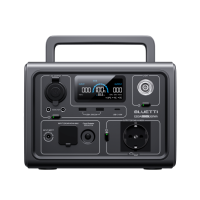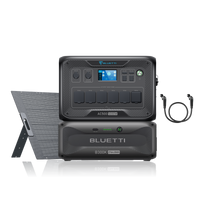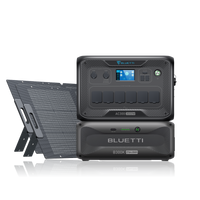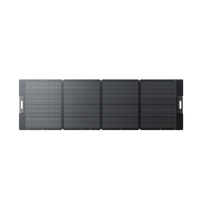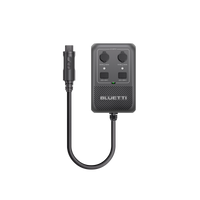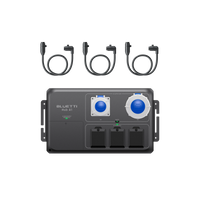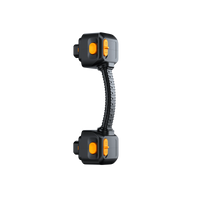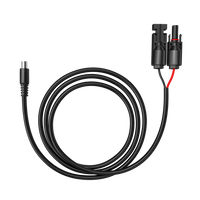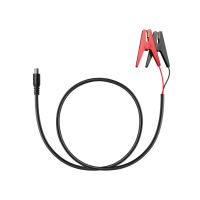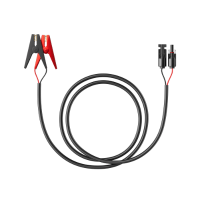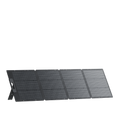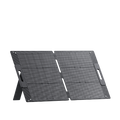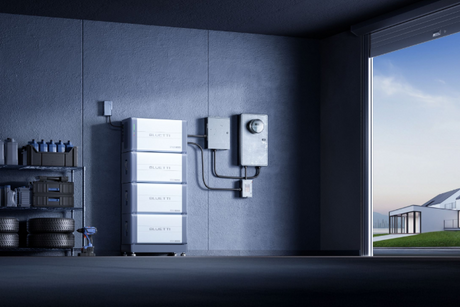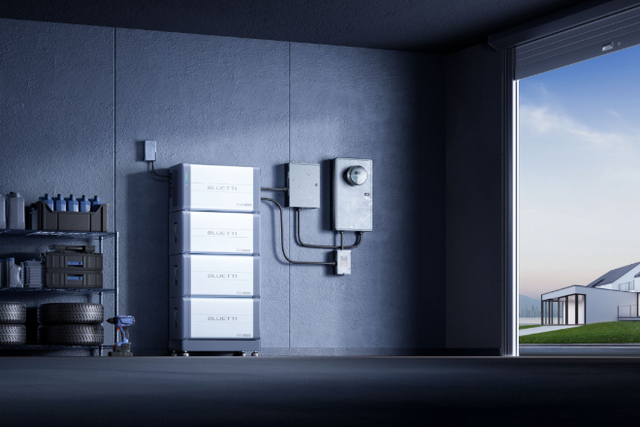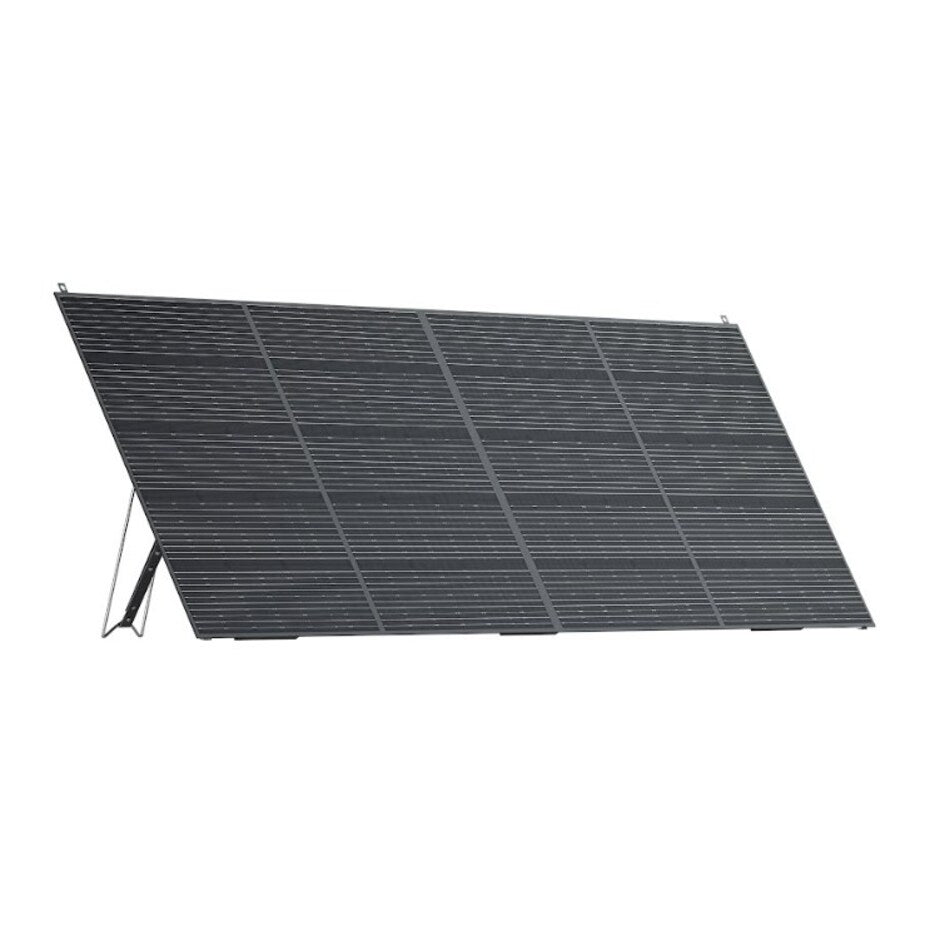If you are thinking of purchasing a solar panel for your photovoltaic system, you are most likely wondering how to distinguish a solar panel from quality of the rest . And in this sense, it is essential that you pay attention to the electrical resistance . But do you know why?
In today's post we are going to explain what this factor is and why it influences your solar panels. And in the same way, how it works and how you can calculate the electrical resistance of your solar panel.
And it is that, although the resistance of solar panels is not the only thing that determines its quality, it is to a large extent, since it actively participates in the reduction of the filling factor that defines what is the maximum power level that a solar cell is capable of reaching.
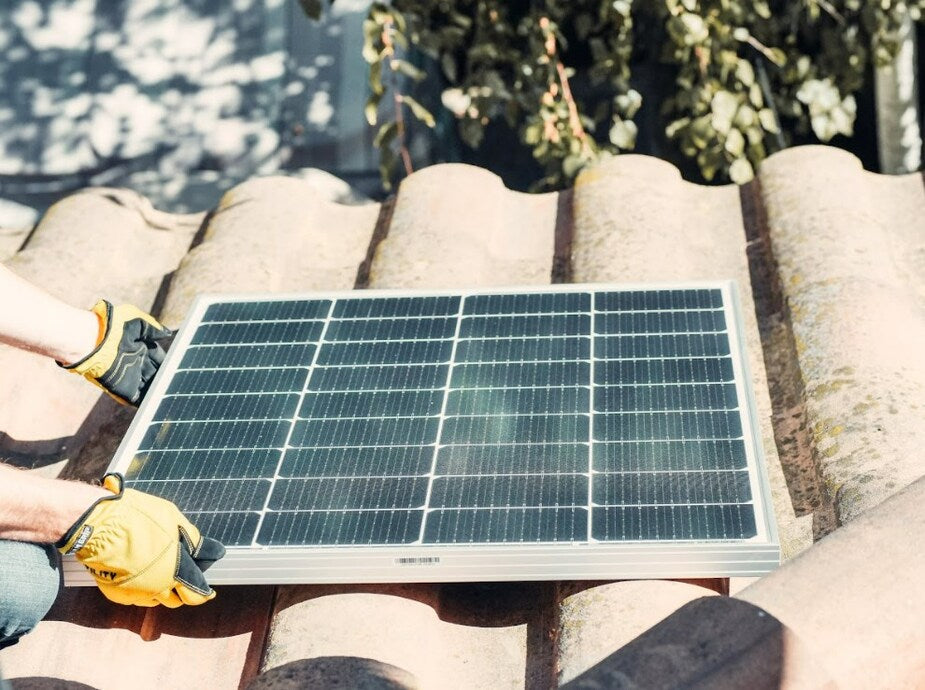
What is electrical resistance?
The electrical resistance is the resistance that a solar cell has when it reaches its maximum power , or whatever it is the same, how much is a solar panel capable of withstanding when electric current flows through its components.
In this way, each solar panel is made of different materials and therefore, has a type of electrical resistance also different
In addition, at this point is when Ohm's Law comes into play, which establishes the capacity of electrical resistance that materials have within the field of electricity. According to this, the current intensity is directly proportional to the potential difference and inversely proportional to its resistance.
Ultimately, the resistance of solar panels determines what performance they have, because they influence how much energy they are capable of generating
What electrical resistors are made of
One of the most frequently asked questions about electrical resistance is what it is made of. And in this sense, you should know that, to be resistant to electricity and to be able to fulfill its function of obstructing the passage of current
What does electrical resistance depend on
The electrical resistance depends fundamentally on 3 things:
- The material of which it is composed. And it is that not all materials have the same resistance. There are resistors made of materials that are more conductive than others.
- What is its length. Depending on the length, the resistance varies. Thus, the longer it is, the more resistance it has.
- How big the section is. As the section is larger, the conductive material has worse resistance qualities.
What is an electrical resistance used for
Now that we know what an electrical resistor is, you might be wondering, what does a resistor do?
The main function of an electrical resistor is to prevent the electrical system from being overloaded. And that is why, as we have mentioned before, it is responsible for hindering the passage of electric current.
Types of electrical resistances
There are several types of electrical resistances, but among the main ones, we can find :
- SMD resistors.
- Wound resistors.
- Carbon electrical resistors.
- Glazed metal resistors.
- Metal oxide film resistors.
- Variable resistors.
- Cement resistors.
How to calculate electrical resistance?
To calculate the electrical resistance of your solar panels, that is, what resistance their materials have to the passage of electrical current, you will have to

Loops of resistance
Very likely at some time you have heard of resistance ties. But do you know what they are?
In the field of electricity, the closed paths that are formed through the connection of the elements of an electrical circuit .
How does resistance work?
The operation of the solar panel resistance is very simple. Electrical resistance occurs when electrical charges collide with conductor atoms. And depending on the materials with which the conductors are made, the size of and the temperature at which they are, their resistance will be one or the other. Thus, the electrical resistance will be greater when the temperature is high, and less when the temperature is low.

Applications of electrical resistance
You can find multiple applications of electrical resistance in your day to day. From the electric stove that you use to cope with the coldest days, to the refrigerator in which you store your food, for example . In both cases we are dealing with domestic appliances that have an electrical resistance that heats up for operation.
But you can not only find examples of electrical resistance in your household appliances, many devices with electronic circuits also have an electrical resistance with which their voltage and amperage.
There is electrical resistance in most everyday electrical appliances: in a hair dryer, a shaver, a microwave, or even a computer. And of course, your solar panels too!
As we mentioned before, depending on the material of which the solar cells of the photovoltaic panels are made, these will have an electrical resistance u another. So if you want to make sure that your solar panels have adequate resistance, and therefore, high performance, you will have to choose those from the manufacturer that has selected the best materials.
And in this sense, with any of the different models of BLUETTI portable solar panel you can be more than calm. They are manufactured with monocrystalline silicon cells with which you will be guaranteed a high conversion efficiency (up to 23.4%) . Wonderful!
And now that you know what electrical resistance is and how it influences your solar panels, all that remains is for you to enjoy your solar energy with the BLUETTI portable solar panel that you choose.
Shop products from this article
You May Also Like

¿Cuál es el mejor aire acondicionado portátil para este verano? Opciones sin instalación, sin tubo y con energía solar

¿Qué grupo electrógeno elegir: solar, diésel o gasolina? La solución inteligente de BLUETTI para el presente y el futuro





